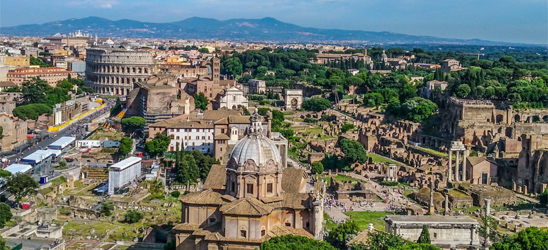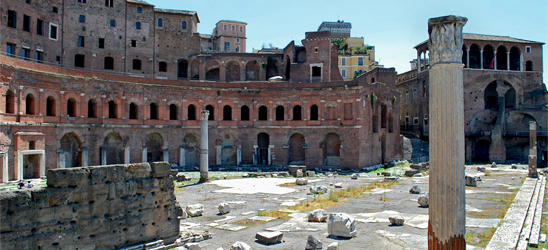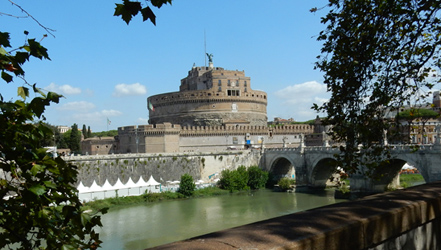Nero's Domus Aurea & Ancient Rome, Guided Tour in English
Book this exciting tour of Ancient Rome which includes a guided tour in English of the site of the Domus Aurea, the famous recently renovated residence of Nero
about 2 hours and 30 minutes
2-hour guided tour
The ticket includes booking to skip the line at the entrance to the Nero's Domus Aurea.
The route is partially wheelchair accessible. Not suggested for visitors with motor disabilities.
There are few dates available for this exclusive tour due to the high demand.
We recommend wearing comfortable shoes and windbreakers. Underground path with high humidity and rough terrain.
Accepted
What is included
- One admission to the Domus Aurea
- 2-hour Guided tour in English
- Helmet
- Guided tour of teh Domus Aurea (inside)
- Guided tour of the Colosseum and Roman Forum area.
What is not included
- Entrance to the Colosseum
- Entrance to the Roman Forum
The tour meeting point will be printed on the confirmation voucher.
Tour price includes: 2-hour English guided tour, entrance ticket to the Domus Aurea with pre-reservation, hearphones for groups ove 10 people. The tour does not include entrance to Colosseum and Roman Forum.
The second part of the tour of the Colosseum and the Roman Forum area consists of a guided walk of the archaeological site (no entrance to the Colosseum and Roman Forum are included). Your guide will explain everything about the history and architecture of these timeless monuments.
Maximun number of participants per group 22.
Prices
Children 0-17 years old.
Temporary exhibition extra charges are added automatically to the on line ticket price.
Italy Travels is not responsible for any partial closure of rooms, itinerary changes, cancellations or delays in entry due to force meajure, adverse weather, personnel strikes, or decisions made by the management of the museum or the Superintendency.
When you can visit Nero's Domus Aurea
DOMUS AUREA PRIVATE TOUR
This tour is very requested and availabilities are few.
If you wish to book a private tour for the Domus Aurea on a customized date, please write an email to info@italy-travels.it.
The private tour is available for small groups each Friday, Saturaday or Sunday. Available starting times are 10:30 am or 2:30 pm.
Where is located the Nero's Domus Aurea
Meeting point with the guide: will be indicated on your confirmation voucher.



 EN
EN  ES
ES  DE
DE  FR
FR  IT
IT 








